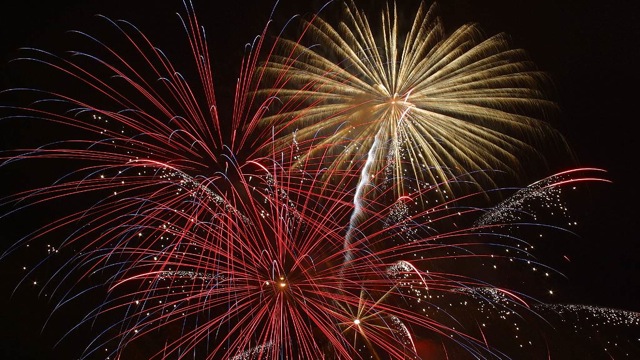Originally published on July 4, 2012.
From holidays like the Fourth of July to victories, fireworks mean celebration. And to me, they’re a celebration of chemistry too. Atoms and reactions power the colors, sounds and smoke of fireworks.
The first firecracker was discovered in China about 1,000 years ago. Called black powder, this explosive is a mixture of potassium nitrate, charcoal and sulfur. You only need the first two ingredients, an oxidizing agent and a fuel, to start the explosion. The oxidizing agent, often a perchlorate or nitrate salt, releases oxygen gas that feeds the fire in a firework. The fuel reacts with the oxidizing agent to create the gas. The sulfur in black powder intensifies and continues the reaction between the other two ingredients. Learn more about the chemistry of fireworks from the American Chemical Society:
Pyrotechnicians often add metal salts to make colorful fireworks. Here’s where that color comes from: Heating atoms of sodium, barium or strontium pumps energy into the electrons whizzing around each nucleus. Those energized electrons shoot up to higher locations in the atom. As they fall back down to their usual positions, the electrons lose their extra energy as visible light.
